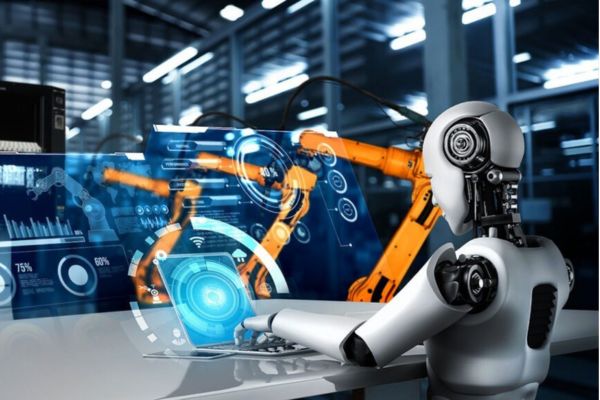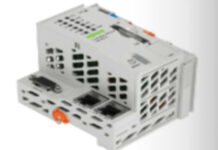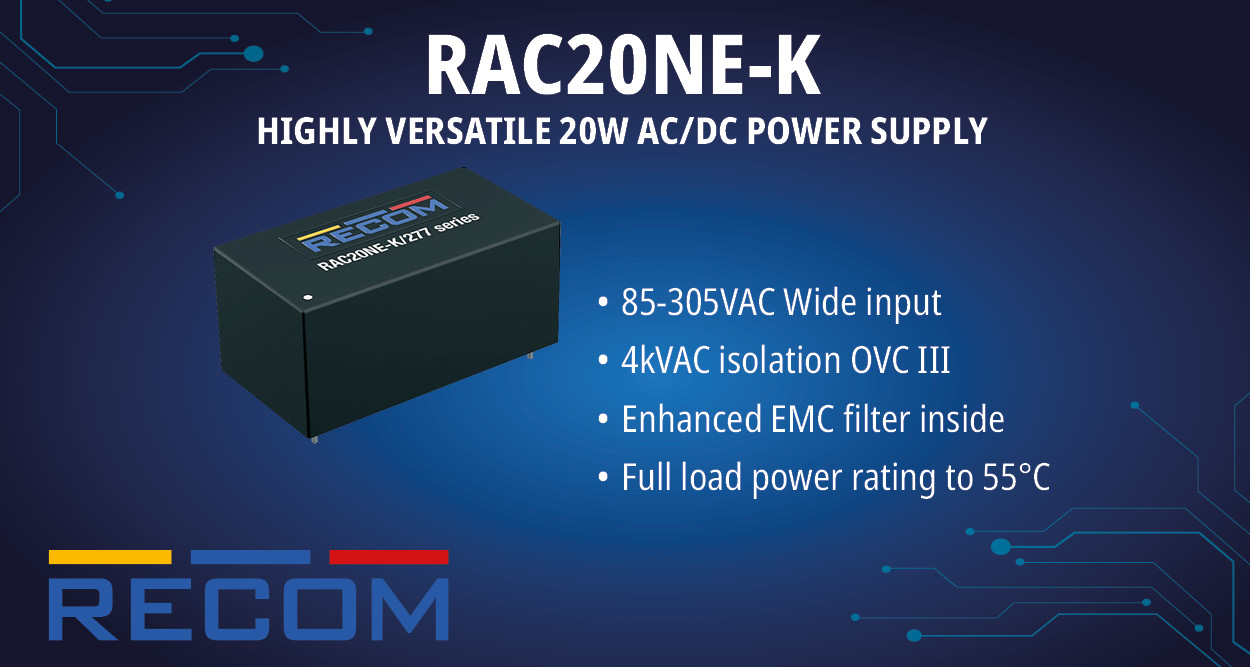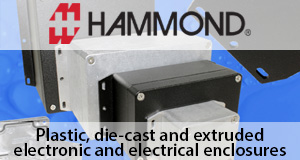The rapid advancements in industrial robotics have revolutionized the way industries operate, and at the heart of this transformation lies the Industrial Robot Controller (IRC). These controllers are the unsung heroes, enabling robots to function with precision, efficiency, and adaptability. As industries continue to automate, understanding the evolving role of industrial robot controllers, their innovations, and their significance in modern production is essential for grasping the future of manufacturing automation.
Understanding the Role of Industrial Robot Controllers
Industrial robots have long been integral to automation in manufacturing, from welding and painting to assembly lines and packaging. The Industrial Robot Controller (IRC) serves as the brain behind these robots, directing their movements and actions to perform specific tasks. It acts as an interface between the robot’s hardware and software, interpreting instructions and ensuring the robot’s actions are coordinated, safe, and efficient.
Without these controllers, industrial robots would be little more than lifeless mechanical arms. IRCs handle tasks like motion planning, collision avoidance, error detection, and even provide remote diagnostics. Their importance cannot be overstated, as they make it possible for robots to perform with a level of precision that humans cannot match.
Industrial Robot Controller Market Overview
The global Industrial Robot Controller Market has witnessed significant growth in recent years. As industries across the globe continue to embrace automation for greater efficiency, the demand for industrial robot controllers has surged.
- Market Size (2024): USD 1,086 Million
- Projected Market Size (2034): USD 2,619 Million
- CAGR (2024-2034): 9.2%
These numbers indicate a promising future for the market, driven by technological advancements, the increased need for precision, and rising labor costs pushing industries towards automation.
Why the Shift Toward Robotics in Manufacturing?
1. Increased Productivity and Efficiency
Manufacturers are continually seeking ways to improve production efficiency, and robots equipped with sophisticated controllers offer the perfect solution. Robots can operate 24/7 without fatigue, resulting in higher throughput and fewer errors. They can also perform tasks more quickly and precisely than human workers, driving overall productivity.
2. Improved Safety Standards
The integration of robotics into hazardous environments has significantly improved workplace safety. Robots can take on dangerous tasks, such as handling toxic chemicals, heavy lifting, or working in extreme temperatures, reducing the risk to human workers. The controllers that drive these robots are crucial for ensuring safe operations and avoiding accidents.
3. Cost Efficiency Over Time
While industrial robots and their controllers come with a high initial investment, they offer long-term savings. As robots increase efficiency, reduce errors, and eliminate the need for costly human labor, they ultimately deliver a higher return on investment.
Technological Evolution of Robot Controllers
Robot controllers have come a long way from early, simple models to today’s highly sophisticated systems:
- Early Controllers: Basic programmable systems with limited capabilities.
- Modern Controllers: Incorporate AI, machine learning, and cloud connectivity, allowing robots to adapt and perform a wider variety of tasks autonomously.
Future Trends in Industrial Robot Controllers
- AI and Machine Learning: Controllers will integrate advanced AI, enabling robots to make autonomous decisions and optimize their performance.
- Cloud and IoT Integration: Cloud-connected robots can be monitored and controlled remotely, providing real-time insights and predictive maintenance capabilities.
- Human-Robot Collaboration (Cobots): As robots and humans work together, more intuitive and flexible IRCs will allow for safer and more efficient joint operations.
- Edge Computing: Processing data locally on the robot’s controller will reduce latency, improving real-time responsiveness.
Challenges Facing the Future of Industrial Robot Controllers
As the demand for smarter robots grows, so do the challenges for IRC manufacturers. Some of the key hurdles include:
- Complexity in Programming: As robots become more advanced, their controllers also become more complex. Simplifying the programming process for these robots, so that they can be deployed by a wider range of users, will be crucial.
- Cybersecurity: The more connected industrial robots become, the greater the risk of cyber threats. Ensuring that robot controllers are secure and protected from cyberattacks will be a top priority.
- Cost of Development: The integration of AI, machine learning, and advanced sensors into robot controllers increases the cost of production. Making these high-tech controllers more affordable for a broader range of businesses, particularly small and medium-sized enterprises (SMEs), will be key for widespread adoption.
Industrial Robot Controller Market Top Companies:
- Stäubli International AG
- Mitsubishi Electric Corporation
- OMRON Corporation
- DENSO Wave Incorporated
- SEPRO Group
- WAGO
- Motion Controls Robotics Inc.
- NexCOM Inc.
- Wynright Corporation
- KUKA AG
- Yaskawa Electric Corporation
Conclusion
The role of Industrial Robot Controllers in modern manufacturing is indispensable, and as technology continues to advance, their importance will only grow. With the integration of AI, cloud computing, and IoT, robot controllers are becoming smarter, more efficient, and more adaptable than ever before. As industries embrace automation, the demand for advanced, flexible, and intelligent IRCs will rise, leading to a future where industrial robots are even more integrated into production processes, improving efficiency, safety, and productivity across the board.
The next decade holds exciting possibilities for industrial automation, with robot controllers at the center of this evolution. For manufacturers, staying ahead of these trends will be critical to gaining a competitive edge in an increasingly automated world.

















